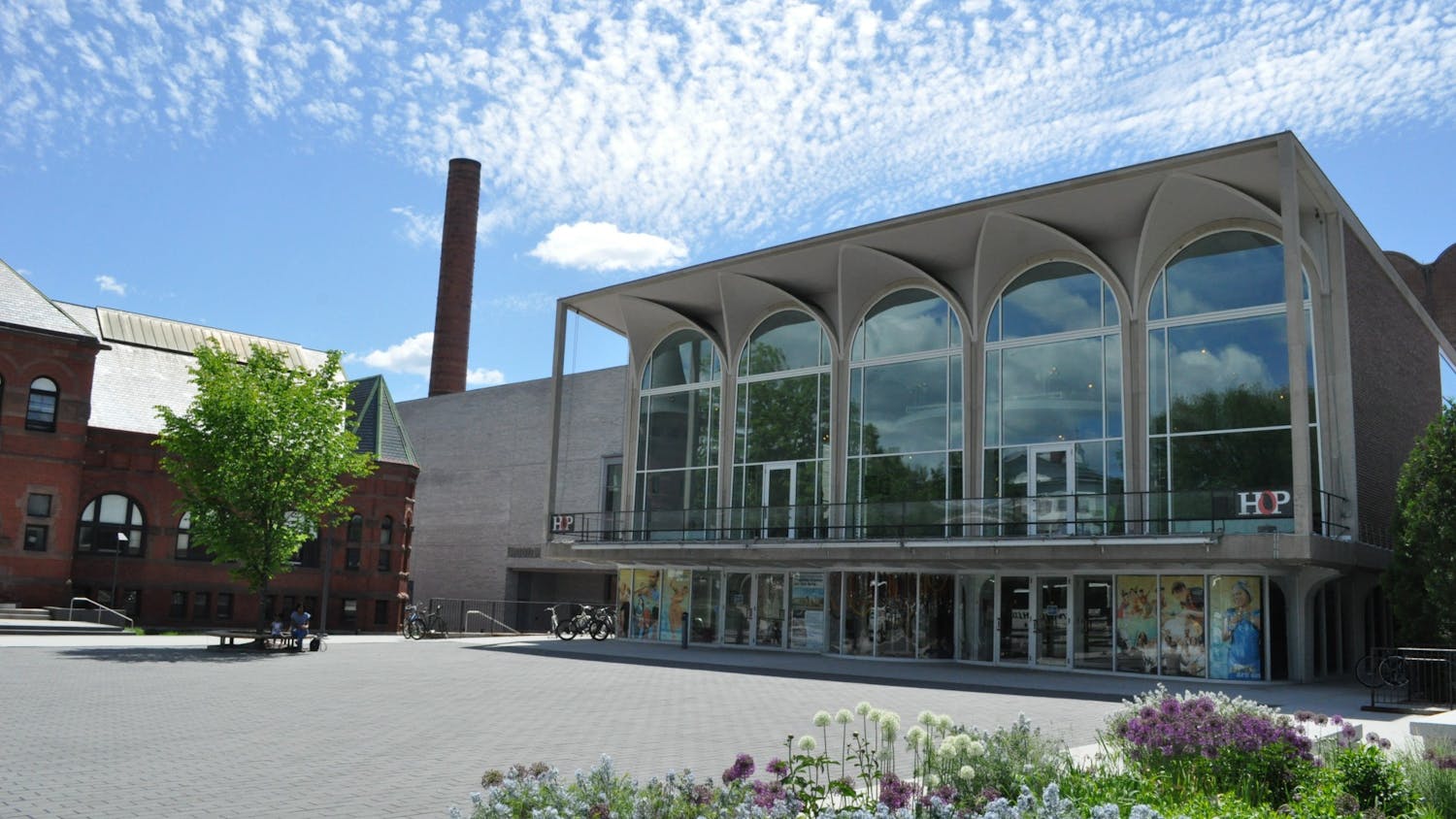Daniel Adel ’84 is known for his stunning portraitures and hilariously accurate caricatures. Adel has exhibited his work in New York for decades as well as painted portraits of CEOs, university presidents and well-known judges. His illustrations have been featured in the New Yorker and the New York Times, and he drew the Time Magazine cover designating George W. Bush “Person of the Year” in 2004. Adel currently lives and works in Provence, France.
Did you know growing up that you wanted to make illustrations?
DA: I’ve been interested in illustration for a pretty long time. When I was a little kid, I used to be obsessed with Al Hirschfeld, who was an illustrator for the New York Times. He did illustrations for the theater section for probably somewhere around 70 or 80 years (he lived to be almost 100, and for most of his life he was illustrating, primarily for the New York Times). He did these fantastic, incredible, intricate drawings where he would hide the name Nina in the drawings. He would write a number next to his name, and that was the number of Ninas, and so all across America people would spend hours looking for all the Ninas.
I also grew up in kind of Norman Rockwell country (not where he ended up later in his life, but there was a period of his life where he lived in Westchester), so Norman Rockwell was kind of a patron saint when I was growing up. He was known as the greatest illustrator of the century, and there was a painting of his in my high school, which was hanging in the library, so he was always there in the back of my mind as a model of what we call a commercial artist, but for me he was someone who published his work so that everybody saw it instead of hanging on a wall somewhere.
It seems like you have a wide variety of styles in your work.
DA: Yeah, for some reason I was always very attracted to the idea of having a career with a certain amount of variety in my studio practice. I know artists who have been much more focused on just one aspect of their career, and I have a lot of admiration for them, but maybe it’s a short-attention span issue. I feel like it’s always been an appealing aspect of my career that I can get involved in doing very serious work, but then someone will call me up to basically have a go at somebody, to do something in that lighter vein, which is always a pleasure.
When you create a portrait, what’s the process?
DA: Generally the process involves meeting with people, if possible, several times. Usually it’s hard to be in the same place at the same time for long enough to do lots of sittings from life, so the reality of portraiture is that it often involves taking copious photographs of the subject and even video now, so I do what I can to basically document the subject as extensively as I can while we’re together, because most of the painting will be done in the studio.
Who are your influences?
DA: It’s mostly the Dutch and Spanish Baroque that I really did not know about before I got to Dartmouth. They’re the big-hitters of the 17th century – Velasquez, Vermeer, Rembrandt, Caravaggio. The Baroque is still the period I keep coming back to.
There are several 19th-century artists, from traditional Western paintings and the beginning of Modernism — James McNeill Whistler, John Singer Sargent. And then living in Lacoste, in Provence, has renewed my appreciation of Van Gogh. That’s kind of a natural one. You feel like you are living in Van Gogh paintings — you look at olive trees and cherry blossoms, and you immediately think of Van Gogh.
Do you have a favorite piece of your own work?
DA: The first real portrait that I did, I did of my grandfather in the late 1980s. It’s still my favorite of all my work, I guess for obvious sentimental reasons, but that was also the first time that I really found my voice in portraiture. It was exhibited in New York at the National Academy, and it’s what launched my portrait career. I walked into the offices of Portraits, Inc., at the end of the exhibition with the painting under my arm and the intent of selling myself to them as a portrait painter. I actually didn’t know at the time that portrait painting still existed as a career. I found out at that show, and I was about to say, “Look, I’d really like to work with you all,” and they said, “Oh, you’ve got the letter.” It turns out I was contacting them at the same time that they were contacting me. It worked out very well.
What makes your art “yours”?
DA: I like to think that there’s at least a perceptible whiff of several of the artists whose work inspired me to become an artist, perhaps in a combination that’s unique to my work.
This interview has been edited and condensed.



